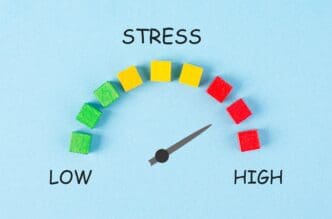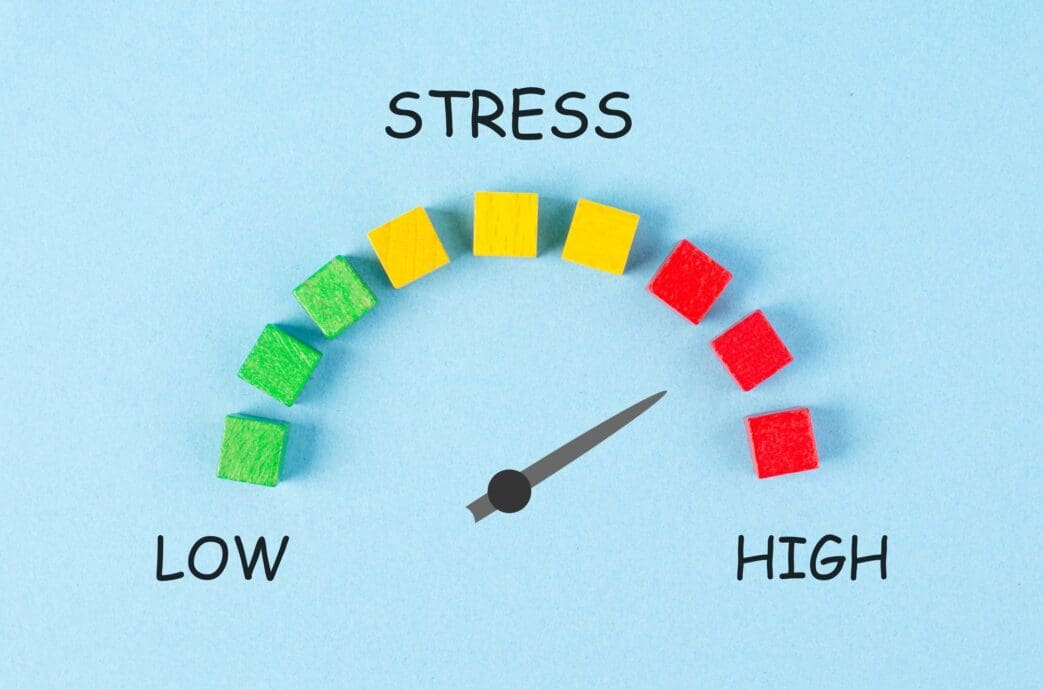A Quick Takeaway
The Story Behind the Trend
How to Make It Work for You
The Community View
Many individuals often confuse the pervasive feelings of overwhelm and exhaustion, mistakenly attributing chronic stress to the more profound and debilitating state of burnout. Understanding the critical differences between these two conditions is essential for anyone experiencing persistent mental, emotional, or physical strain, as their origins, symptoms, and required interventions vary significantly, impacting overall well-being and productivity. While stress is a natural, short-term response to pressure, burnout emerges from prolonged, unmanaged stress, leading to a profound depletion of energy, cynicism, and reduced efficacy, necessitating distinct strategies for recovery and prevention. Recognizing whether you are merely stressed or truly burned out is the first vital step towards effective self-care and regaining control over your health and happiness.
Understanding Stress: The Body’s Alarm System
Stress is the body’s natural physiological and psychological response to demands or threats, often referred to as the “fight or flight” mechanism. It can manifest as increased heart rate, heightened alertness, and a surge of hormones like cortisol and adrenaline, preparing you to either confront or escape a perceived danger. This response is a normal and often beneficial part of life, helping us meet deadlines, react to emergencies, and even grow from challenges.
There are generally two types of stress: acute stress, which is short-term and typically resolves quickly, and chronic stress, which persists over an extended period. While acute stress can be a motivator, chronic stress, if left unmanaged, can significantly impact physical and mental health, laying the groundwork for more serious conditions.
Understanding Burnout: A State of Chronic Depletion
Burnout, unlike stress, is not merely feeling overwhelmed; it is a prolonged, insidious state of emotional, physical, and mental exhaustion caused by excessive and prolonged stress. It occurs when you feel overwhelmed, emotionally drained, and unable to meet constant demands, leading to a profound sense of detachment and ineffectiveness. The World Health Organization (WHO) classifies burnout as an occupational phenomenon, specifically noting its characteristics: feelings of energy depletion or exhaustion, increased mental distance from one’s job, or feelings of negativism or cynicism related to one’s job, and reduced professional efficacy.
Burnout isn’t something that happens overnight; it’s a gradual process that erodes your energy, motivation, and sense of purpose over time. It typically arises from work-related stressors that are left unaddressed, creating a cycle of exhaustion and disillusionment.
Key Distinctions: Stress vs. Burnout
While often used interchangeably, stress and burnout are distinct conditions with different implications for your health and recovery. Stress is characterized by over-engagement, where you feel urgency and hyperactivity, often trying to do too much. You might still feel hopeful that if you just work harder, the pressure will ease.
Burnout, conversely, is characterized by disengagement. You feel helpless and hopeless, experiencing a profound lack of energy and motivation, and your efforts seem to make no difference. While stress can sometimes be managed with breaks and short-term coping strategies, burnout demands a more comprehensive approach, often involving significant changes to lifestyle or work environment.
Recognizing the Symptoms
Symptoms of Stress
The symptoms of stress are often immediate and noticeable, signaling that your body is reacting to pressure. Physically, you might experience headaches, muscle tension, digestive issues, or difficulty sleeping. Emotionally, stress can lead to irritability, anxiety, restlessness, and a general feeling of being overwhelmed, but typically, there’s still a sense of agency.
Behaviorally, stressed individuals might find themselves procrastinating, overeating or undereating, or withdrawing from social activities. These symptoms often subside once the stressful situation resolves, indicating a temporary rather than chronic state.
Symptoms of Burnout
Burnout symptoms are more chronic, pervasive, and deeply rooted, affecting your entire outlook on life. Physical signs include persistent fatigue that no amount of rest can cure, frequent illness, and chronic aches and pains. Emotionally, burnout manifests as a profound sense of apathy, cynicism, hopelessness, and detachment, not just from work but from personal relationships and activities.
Behaviorally, individuals experiencing burnout often exhibit significant drops in performance, increased absenteeism, isolation from friends and family, and a pervasive sense of self-doubt and inefficacy. The joy and satisfaction once derived from work or hobbies disappear, replaced by a feeling of emptiness.
Causes and Contributing Factors
Causes of Stress
Stress can be triggered by a wide array of factors, both positive and negative. Common causes include demanding workloads, tight deadlines, financial pressures, relationship conflicts, major life changes such as moving or starting a new job, and even positive events like getting married. Essentially, anything that pushes you outside your comfort zone or requires significant adaptation can induce stress.
The nature of stress is often episodic; while one stressor might resolve, another may emerge. However, when these stressors accumulate without adequate recovery, they can transition from manageable pressure to chronic strain.
Causes of Burnout
Burnout typically stems from a combination of prolonged, unmanaged stress and specific environmental factors, often related to the workplace. Key contributors include a lack of control over one’s work, insufficient rewards or recognition, an imbalance between effort and outcome, and a perceived lack of fairness. A breakdown of community or social support at work, and a conflict between personal values and organizational values, also significantly contribute to burnout.
The absence of opportunities for growth, excessive workload without adequate resources, and a toxic work environment are potent catalysts for developing burnout. It’s a systemic issue, not just an individual’s inability to cope.
Strategies for Prevention and Management
Managing Stress Effectively
To manage stress, focus on proactive strategies that build resilience and provide immediate relief. Incorporate regular physical activity into your routine, as exercise is a powerful stress reducer. Practice mindfulness and meditation to stay present and calm your nervous system. Ensure you get adequate sleep, maintain a balanced diet, and limit stimulants like caffeine and alcohol.
Setting clear boundaries between work and personal life, learning to say “no” to additional commitments, and engaging in hobbies that bring you joy are also crucial. Developing strong social connections provides a vital support system during stressful times.
Recovering from and Preventing Burnout
Addressing burnout requires a more profound and often systemic approach than managing everyday stress. The first step is acknowledging the condition and seeking professional help from a therapist, coach, or medical doctor. They can help identify root causes and develop a tailored recovery plan. It’s often necessary to make significant changes to your work environment, roles, or even career path.
Prioritize self-care rituals, ensuring ample time for rest, hobbies, and activities that replenish your energy and sense of purpose. Re-evaluate your values and ensure your work aligns with them. Advocating for changes in your workplace—such as improved work-life balance policies or better resource allocation—can also be vital for long-term prevention.
Your Path to Well-being
Discerning between stress and burnout is not merely an academic exercise; it is a fundamental step toward reclaiming your health and vitality. While stress is a temporary state that can often be managed with coping mechanisms, burnout represents a deeper, more pervasive depletion requiring significant shifts in how you live and work. By understanding these distinctions, you empower yourself to seek the appropriate support and implement effective strategies, moving from a state of overwhelm or exhaustion towards sustainable well-being and renewed purpose.







